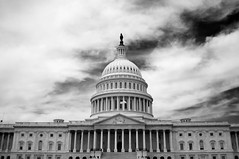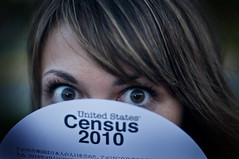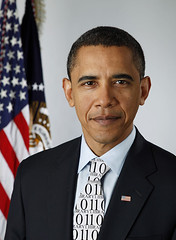A recent report released by Senator Tom Coburn accuses the National Science Foundation of wasting taxpayer money on questionable science projects. Minnesota Public Radio (MRP) News offers some comfort to scientists, though.
Lawmakers and political groups like to point to government spending that seems wasteful — especially in tough economic times. And one popular target has been scientific studies that either sound silly or involve foreign countries or have to do with sex.
MRP News reviews several examples of research that, taken out of context, were deemed as inappropriate uses of government funds.
“They tried to say that about $9.4 million tax dollars was spent to study men’s penis size,” says Jeffrey Parsons of Hunter College in New York, referring to a study that was recently criticized by a group called the Traditional Values Coalition.
Parsons and his colleagues did publish a study on men’s penis size and its link to the risk of sexually transmitted disease — but Parsons says no tax dollars were used to collect the data.
While little if anything actually comes of claims like this, they do make some scientists nervous and influence their decisions.
People started to be very careful when they wrote grant proposals, Parsons recalls. “A lot of code words started to get used. We would talk about ‘highly vulnerable youth’ as a euphemism for lesbian, gay, bisexual or transgendered youth.”
Yet, scientists can take comfort in remembering past studies that were ridiculed. Robert Kraut’s research on why bowlers smile was once given a Golden Fleece Award for wasting tax dollars from then-Senator William Proxmire, but it’s now considered ground-breaking research on how people communicate.
Kraut thinks scientists will always have to deal with this kind of thing. “Much of the policy debate in Washington, it’s all about appearances,” he says. “And it’s easy in sound bites to ridicule without presenting a full story.”





 The
The 

